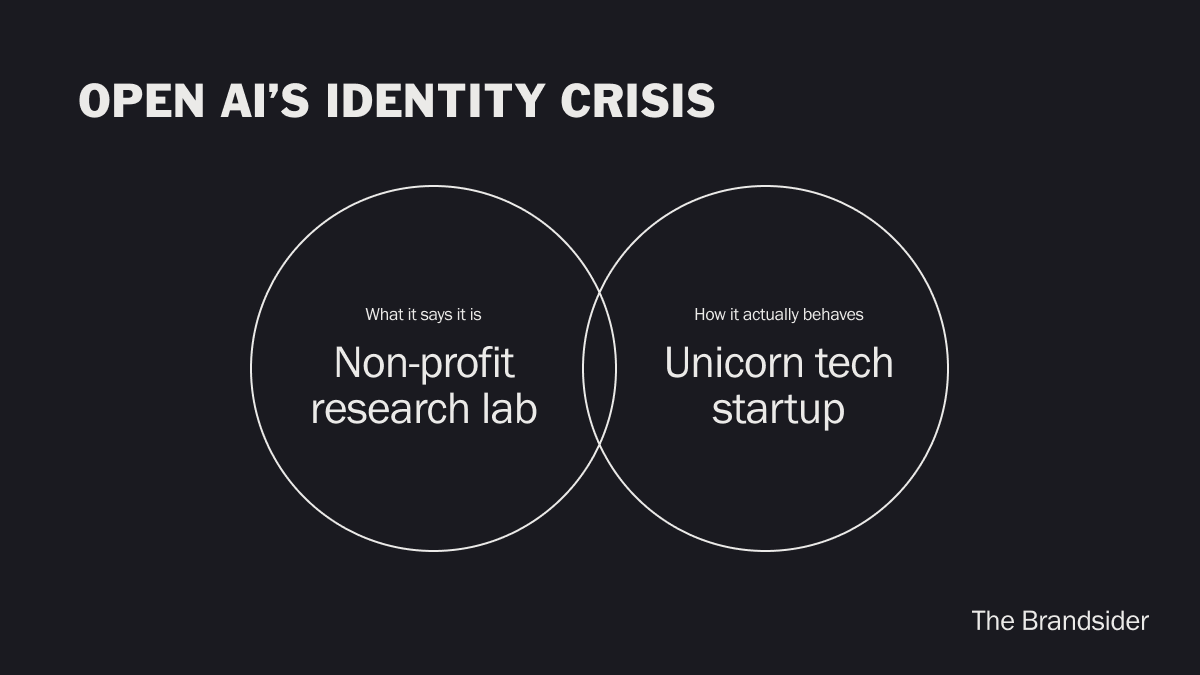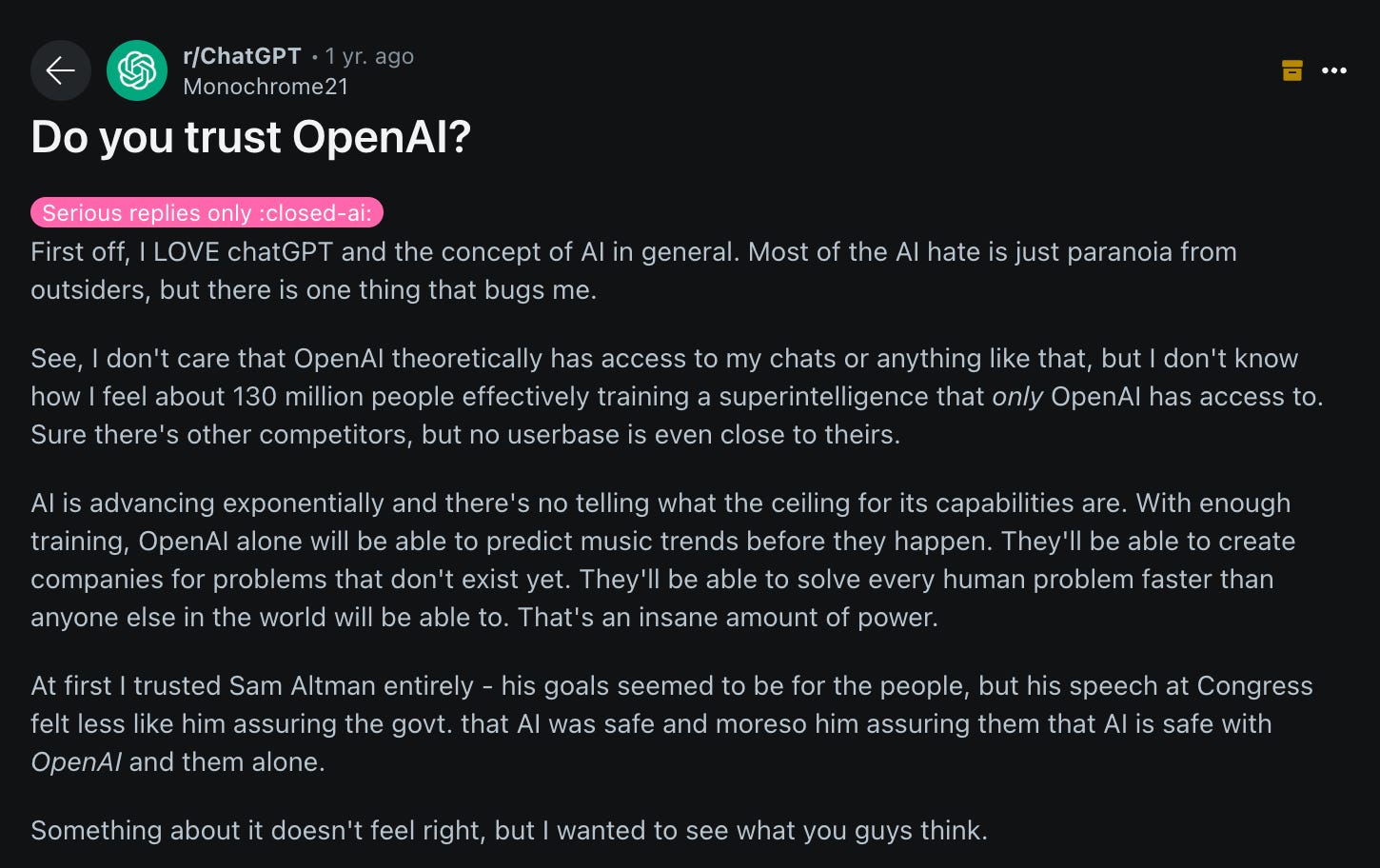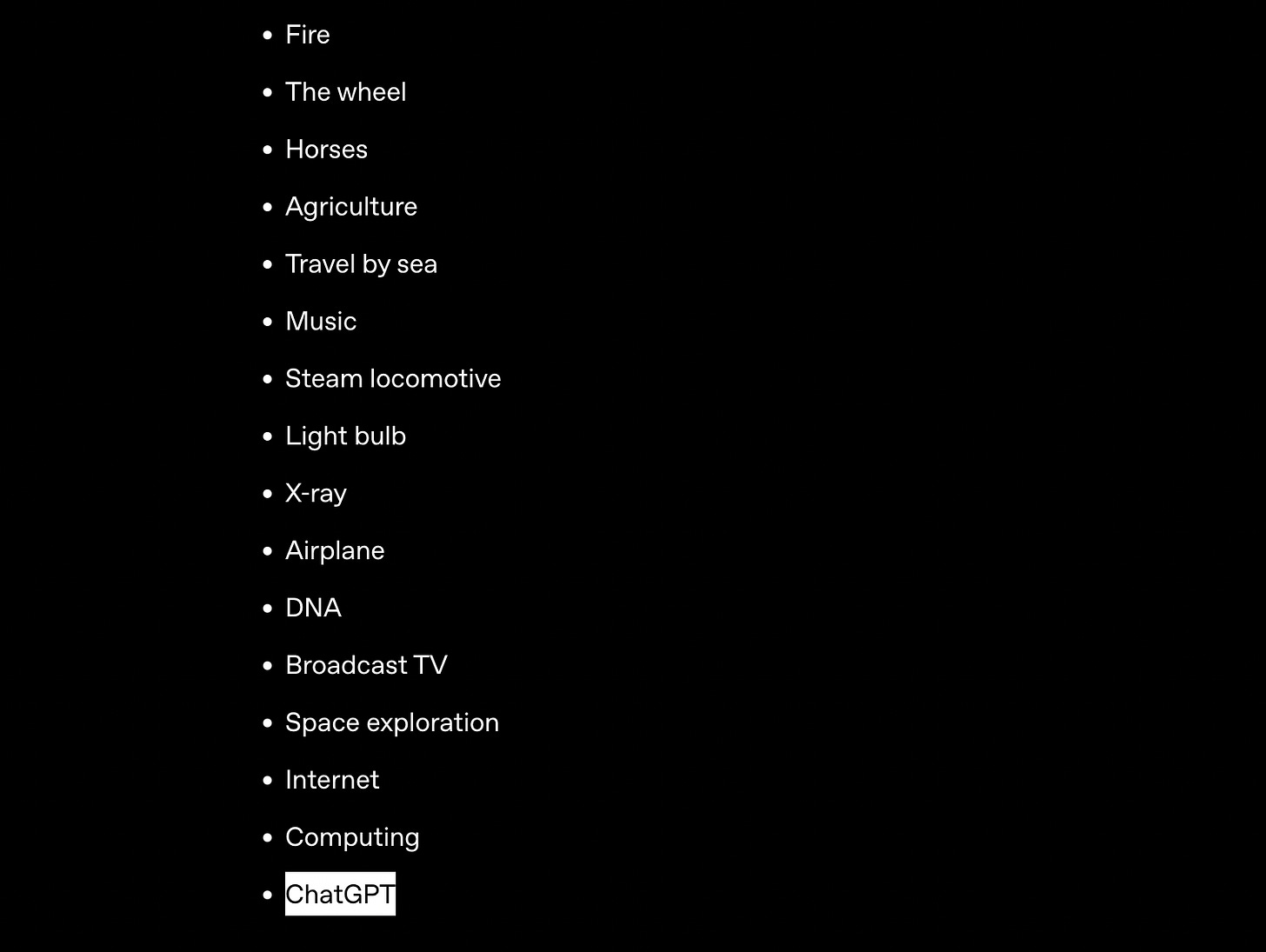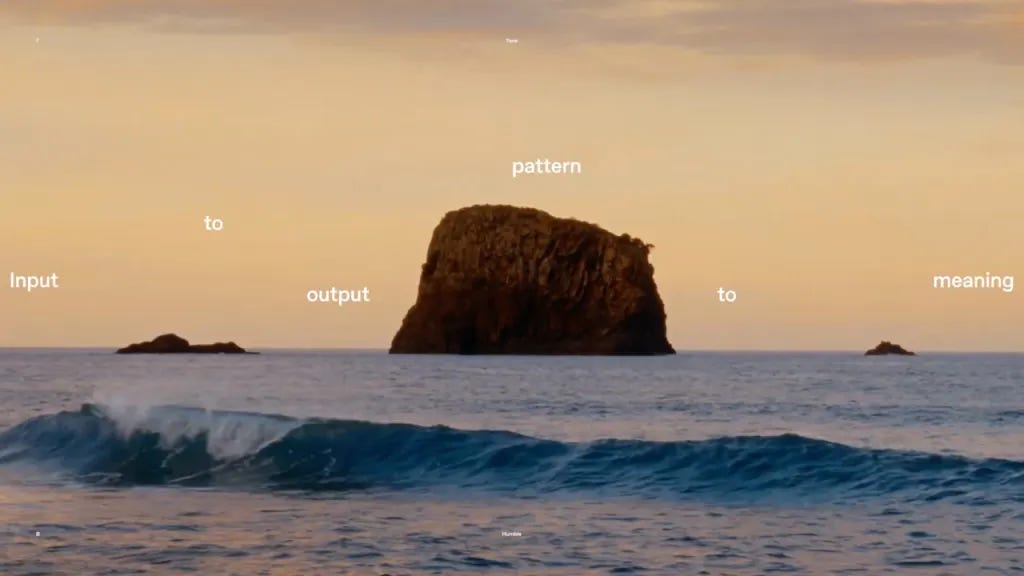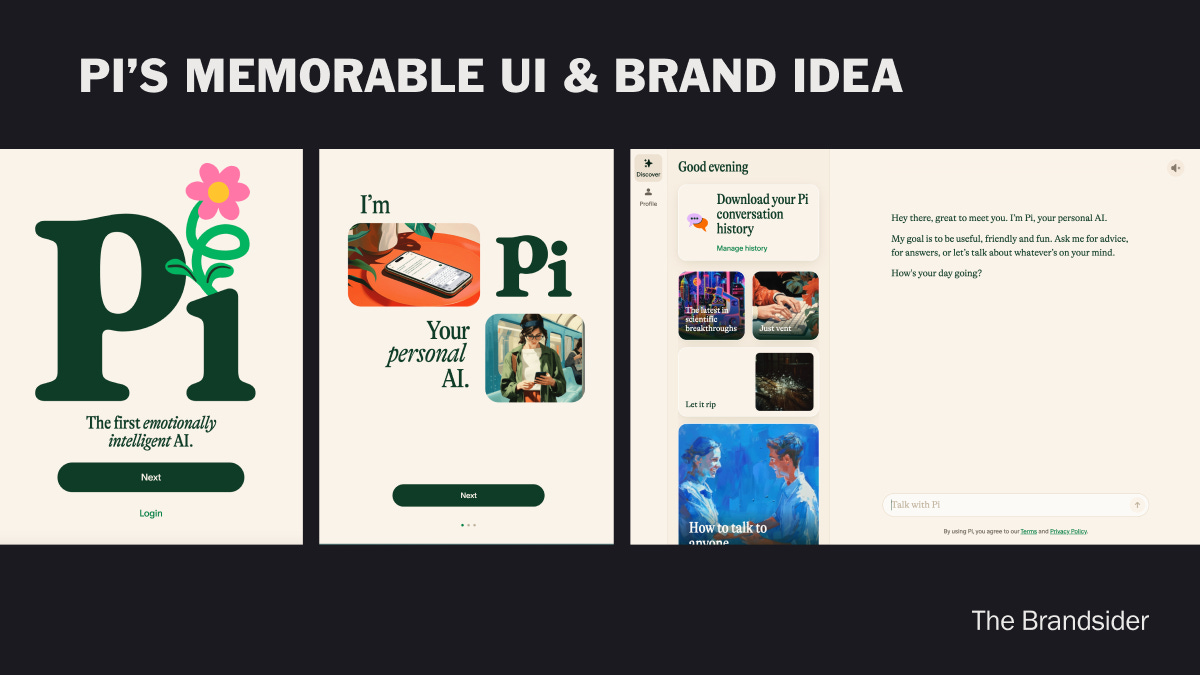OpenAI's brand problem: why reach won't be enough
Beyond investing in a Super Bowl ad, OpenAI needs a brand people can buy into
Wednesday, Feb 26 2025 | London
Happy Wednesday and welcome back to the Brandsider.
I'm writing this on a flight back from Montreal, after a last-minute trip to spend time with my parents. It's always so grounding to be home, and It was incredible to experience the most intense snowfall Quebec has seen in nearly 130 years. Crazy, and oh so cold (we're talking -25 with the windchill).


It's been a minute since I sat down to write a longer-form piece, and frankly I've really missed it. In my last newsletter, I shared that I’d be testing out short-form video as a distribution strategy - and spent most of January focused on that. It was a great experience, and taught me a lot about what I want to build.
Since then I've been exploring niching and different platforms as a way forward. Of course, everything takes much longer than expected - but I'm finally hitting my stride, honing my direction and craft. I might share more about my behind-the-scenes thought process in a future edition (if you're interested).
Until then, I'm really excited to get back into it!
Chat 'GTP', anyone?
For now, I've been fascinated by what's been going on with Open AI. From an inaugural Superbowl ad to a very public spat on X the brand has taken over our collective consciousness in more ways than one.
In a few short years, Chat GPT has become so deeply embedded in my workflows that it's hard to imagine life without it. And I'm not alone.
In January 2025, one in seven American adults used Chat GPT. Not to mention it's completely reshaping technology adoption benchmarks: reaching 100M users took Netflix 10 years, Fortnite 1 year. It took Chat GPT two months.
And as quickly as it's taken over our work and lives, it has also entered the zeitgeist as the primary way most people interact with AI. It's peppered into every other conversation I have with colleagues and friends, with people often endearingly referring to it as 'Chat GTP' or 'Chat'.
It's on the back of this growing cultural significance that Open AI doled out a cool $14M for presence at the most recent Superbowl.
The goal for the spot? To continue to drive mass awareness for the tool in light of increased competition (Gemini, Claude and of course Deepseek) and pique investor interest as Open AI plans to pivot to a for-profit model at some point this year.
But while they're investing heavily in awareness and brand-building...
It won't matter until Open AI builds a brand worth investing in.
Open AI needs a (brand) moat
Despite using Chat GPT every day, I feel no emotional connection to the brand. This makes sense; it positions as a functional tool, with a research-lab vibe and minimalist interface.
But as a result, I don't experience any warmth towards it, or define myself as part of an in-group of people who use it
And this matters because, like in any commodified industry, competing on pure functionality alone - price, speed, reasoning ability - quickly becomes baseline.
As new faster and cheaper models enter the space, Open AI needs to give users a reason to stick around beyond its models' utility.
This reasoning should give consumers something powerful to buy into: an idea to associate with, a mission to be a part of, an in-group to belong to.
That’s how lasting brands are built: by creating emotional stickiness.
So far, Open AI has struggled to establish that emotional brand moat - as evidenced by the mass migration to Deepseek a few weeks ago.
In this edition of The Brandsider, I want to explore why that's the case. And what they might do about it before they lose out on their head start in the space.
Issue #1: A trust-eroding identity crisis
Trust is, like in any relationship, the foundation of emotional connection. Without it, you can never develop affinity, loyalty, or - eventually - love.
This applies to people and, of course, brands.
For Open AI, one of the biggest blockers to establishing an emotional connection is a lack of trust.
This stems from the company constant flip-flopping between:
What it says it is: a non-profit research lab dedicated to ensuring AGI benefits all of humanity
How it actually behaves: a for-profit tech startup accepting billions in funding, closed-source development, advertising at the Superbowl and charging $200 per month for their Pro subscription
The problem isn't that it in one camp or the other. It's that there incongruence between these two ideas, and the contradiction breeds skepticism.
Consumers are much less bothered about a company being objectively good. They care more about brands simply following through on who they say they are. Authenticity eats moral purity for breakfast.
At the end of the day, I don't trust that Open AI has our best interest at heart. But I also don't really care. I'm happy to use (and pay for) the product - as long as they step down from their moral superiority soapbox and own their true ambition.
Issue #2: A brand idea no one can relate to
Great brands turn big ideas into personal ones.
To be effective, mass market brands need to stand for an idea people can actually engage with. Too broad and philosophical, and the average individual is left scratching their head: ‘but what does this mean for me?’
Open AI's brand narrative, dubbed the 'Intelligence Age’, falls into this trap. It positions Open AI as the hailer of the next transformative technology - comparing Chat GPT to iconic human inventions like the fire or the wheel.
What could be a powerful idea on paper comes off as pompous, inaccessible and disconnected. My initial thought? Someone has a bit of a God complex.
Sure, if they were a purely B2B company, focused on Defense or government clients, this big tent brand idea might make sense.
But their Superbowl presence tells me Open AI is interested in going after the masses. And to do so, it will need an approach the masses can engage with.
Take Apple. It initially stood for something big - without being inaccessible. The 'Think Different' tagline was something the right people could see themselves in, could engage with.
Apple made a big idea personal, turning a commodified product (the PC) into a highly sought-after, identity-defining must-have.
Issue #3: A chatbot with no personality
Consumers don't choose a brand purely based on how it looks. But they will stick around because of how the experience makes them feel.
Chat GPT's experience is, for all intents and purposes, largely functional.
They've leaned into their positioning as a non-profit research lab, their UI and VI reflecting a minimalist, text-based approach.
In 2024, a subtle refresh, 'tried to imbue a sense of humanity into its technology'. But the result was actually a deepening their tech-driven aesthetic with font consistency and AI-generated brand images of the natural world - ‘ultimately [embracing] the honesty of a more technically minded brand.'
The earnestness would be endearing - if the product wasn't so indistinguishable from other chatbot-based UIs like Perplexity or Deepseek. Instead of differentiating itself from the pack, it leaves Chat GPT further at risk to being compared to its competitors on the basis of price or utility.
On the opposite end of the spectrum, Pi (by Inflection AI) has created a category of its own in an increasingly crowded space. With a similar chatbot user interface, they've differentiated through feeling:
A warm, calming colour palette of off-white and green
A choice of friendly voices, with surprisingly human intonation
A brand idea that positions Pi as your empathetic and thoughtful companion
Pi might not be as powerful as Chat GPT, but its promise gives consumers a reason to stick around. Its experience is unique, memorable, and ultimately much stickier from a brand perspective.
The Brandsider Take
I'm still slightly bewildered by how Open AI - initially a non-profit research lab - has emerged as a clear front runner with giants like Meta and Google in the mix. It's impressive, and very promising.
But without emotional resonance - a reason for people to stay beyond utility - this head start won't last forever. As the space sees an influx of faster, cheaper models, Open AI needs to build a moat.
Open AI's product is getting stickier - with additional memory for paying users - increasing switching costs and relationship longevity. But beyond product improvement, Open AI has an opportunity to:
Commit to being a for-profit company, and built trust as one
Craft a brand narrative - a reason to buy into it - that everyone can relate to
And build differentiation into the platform itself by bringing to life this compelling brand narrative - so it can stand in a category of its own
Until then, I'll be leveraging Chat GPT for what it does best: as a thought partner and reasoning tool. As AI reaches widespread adoption, I do worry about how it's affecting our (read: my own) ability to write - and therefore think - because the two are inextricably linked.
Fortune AI editor Jeremy Kahn articulates this beautifully in this discussion aptly entitled 'Do You Trust OpenAI? ‘No, and None of Us Should’. It's a few months old, but completely worth it if you have 20-mins whilst tackling the laundry. Would love to hear what you think.
Until next time,
Xoxo,
The Brandsider




